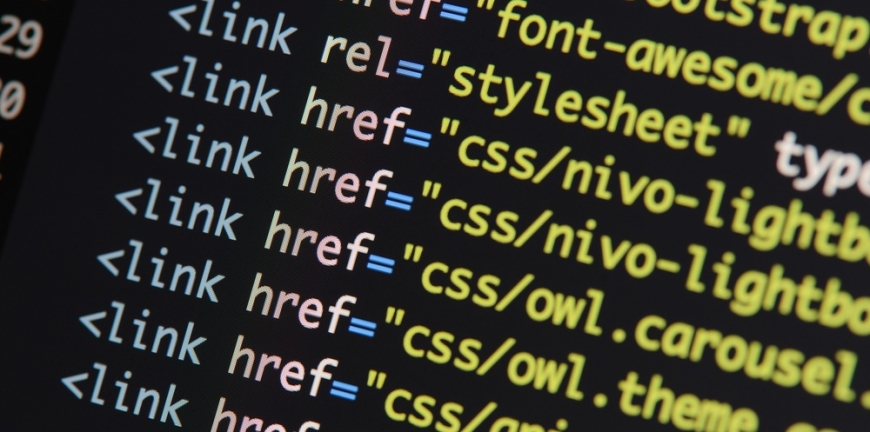
How To Make Instagram And Its Algorithm Work For You
Instagram’s content used to be displayed chronologically and marketers, in particular, got used to this type of prioritization. It was easy to manipulate and keep specific content in the top of user feeds. In early 2018, Instagram introduced a new algorithm that would change all of this, and not everyone was happy about it. Algorithms inherently mean more work for those involved in the revenue streams produced by the manipulation of social platforms and search engines. Instagram’s algorithm, however, is a little different. It is not as complicated as many, and it works to improve the number of content users see in their feeds. They were typically missing almost 70 percent of it before the algorithm gets introduced. Here is a little about how the algorithm works and how to make it work for you.
Past Behavior Feed Ranking
Instagram’s social platform relies on your past behavior to create a unique feed for you. Your feed is individually personalized based on your interactions with recent accounts. There are three factors which determine what you see in your feed. These factors are interest, recency, and relationships. First, Instagram analyzes the content of a post and tries to determine how much you will care about it based on your past behavior with similar material. Then it determines how recently the post was shared, still prioritizing newer content. Last, the algorithm tries to determine how close you are to the person who shared it giving higher rankings to those you’ve interacted with most in the past.
Additional Ranking Signals
Beyond those core ranking signals, there are some other criteria Instagram’s algorithm considers for rankings. These additional signals are frequency, Following, and usage. Instagram will always try to show you the best post since your last visit, so it considers the last time you opened the app. That is not as important as some features, but they are making the critical transition towards intuitive features. It considers the number of people you are following as well. That means if you are Following a ton of people, you are less likely to see specific information. Usage is the last criteria it takes into consideration. As per the move toward intuitive features, if you are opening a lot for short sessions, you are likely catching up on the best posts. However, if you spend more time browsing in the app, the algorithm is going to dig a little deeper to decide what to show you.
What This Means For Marketing
One big thing this means for marketers is that they need to encourage users to view the content and Like it. If you can get them to leave a comment, even better. The relationship and engagement factor becomes ultra-important because that is what keeps your brand in the audience’s feed. Remember, the content similar to what users engage with most often appears near the top of their feed, increasing the chances they will view and interact with it. Posts are now organized based on image and video content rather than hashtags. That is a good thing because it side-steps that spammy vibe in the captions.
And one last thing, video content is dominating all platforms right now. Even though Instagram alleges their algorithm does not differentiate between images and Live video for prioritization, it makes a difference. Instagram Live and Stories brought about more extended interaction among users, and there is no disputing that fact. Live feed and video out-performs static images every time so use it to your advantage. Besides, if users are watching a ton of videos, it would make sense that Instagram would prioritize more videos in their feed?



